When most people think of knives, the focus usually falls on the blade—its sharpness, steel quality, or durability. But for collectors, artisans, and those with an eye for detail, it’s often the handle that tells the deeper story. Knife handles are more than just functional grips; they’re canvases of craftsmanship, culture, and artistry.
If you’ve ever wondered why knife handles are at the heart of collectible blades—or how to start your own collection—this guide will walk you through the essentials.
Why Knife Handles Are the True Art of the Blade (and How to Start Collecting Them)?
The Handle as the Soul of the Knife
While the blade is about performance, the handle is about expression. Here’s why knife handles deserve recognition as true art:
-
Material Diversity – Handles can be crafted from rare woods, exotic bone, horn, ivory substitutes, acrylic, or even precious metals. Each choice adds personality and character.
-
Craftsmanship & Carving – From hand-carved motifs to gemstone inlays, the handle becomes a miniature sculpture that reflects cultural traditions and the artisan’s skill.
-
Ergonomics Meets Aesthetics – A great handle balances comfort with elegance, proving that design can be both practical and beautiful.
-
Storytelling Element – Handles often reveal more about the knife’s origin, maker, or era than the blade itself.

Why Collect Knife Handles?
For many collectors, the fascination lies not in the weapon but in the artistry. Here are key reasons knife handles attract enthusiasts:
-
Unique Designs – Unlike mass-produced blades, handles vary greatly in design, making each piece feel one-of-a-kind.
-
Cultural Heritage – Handles often feature regional styles, such as Japanese lacquered wood, Nordic carvings, or Middle Eastern silverwork.
-
Value Appreciation – Well-crafted handles with rare materials or famous makers behind them often gain value over time.
-
Display Appeal – A collection of ornate handles is a conversation piece—more like an art gallery than a weapons rack.

Starting Your Knife Handle Collection
If you’re new to collecting, focus on these steps to build a meaningful and valuable collection:
1. Choose Your Focus
Decide whether you’re drawn to traditional craftsmanship (e.g., Scandinavian or Japanese) or modern artistic interpretations with innovative materials.
2. Learn to Identify Quality
Look for smooth finishes, balance in design, and the seamless integration between handle and blade.
3. Start Small
Begin with a few affordable pieces to train your eye before investing in rare or high-value handles.
4. Care and Storage
Protect your collection by storing knives in padded cases or display boxes. Avoid excessive humidity to prevent wood or bone handles from cracking.
5. Connect with Communities
Knife shows, artisan markets, and online forums are great places to discover new makers, trade insights, and source rare pieces.

The Future of Collecting Knife Handles
With growing interest in handmade artistry and functional collectibles, knife handles are increasingly being recognized as works of art. More collectors are valuing them as cultural artifacts—pieces that embody tradition, creativity, and innovation.
By focusing on handles, you’re not just collecting knives; you’re collecting stories, artistry, and a piece of history in every grip.
Final Thoughts
The blade may cut, but it’s the handle that captures the imagination. Whether crafted from rare wood, adorned with intricate carvings, or set with precious details, knife handles elevate functional tools into collectible treasures. If you’re ready to start collecting, remember: follow your passion, learn the craft, and let the handles tell their stories.

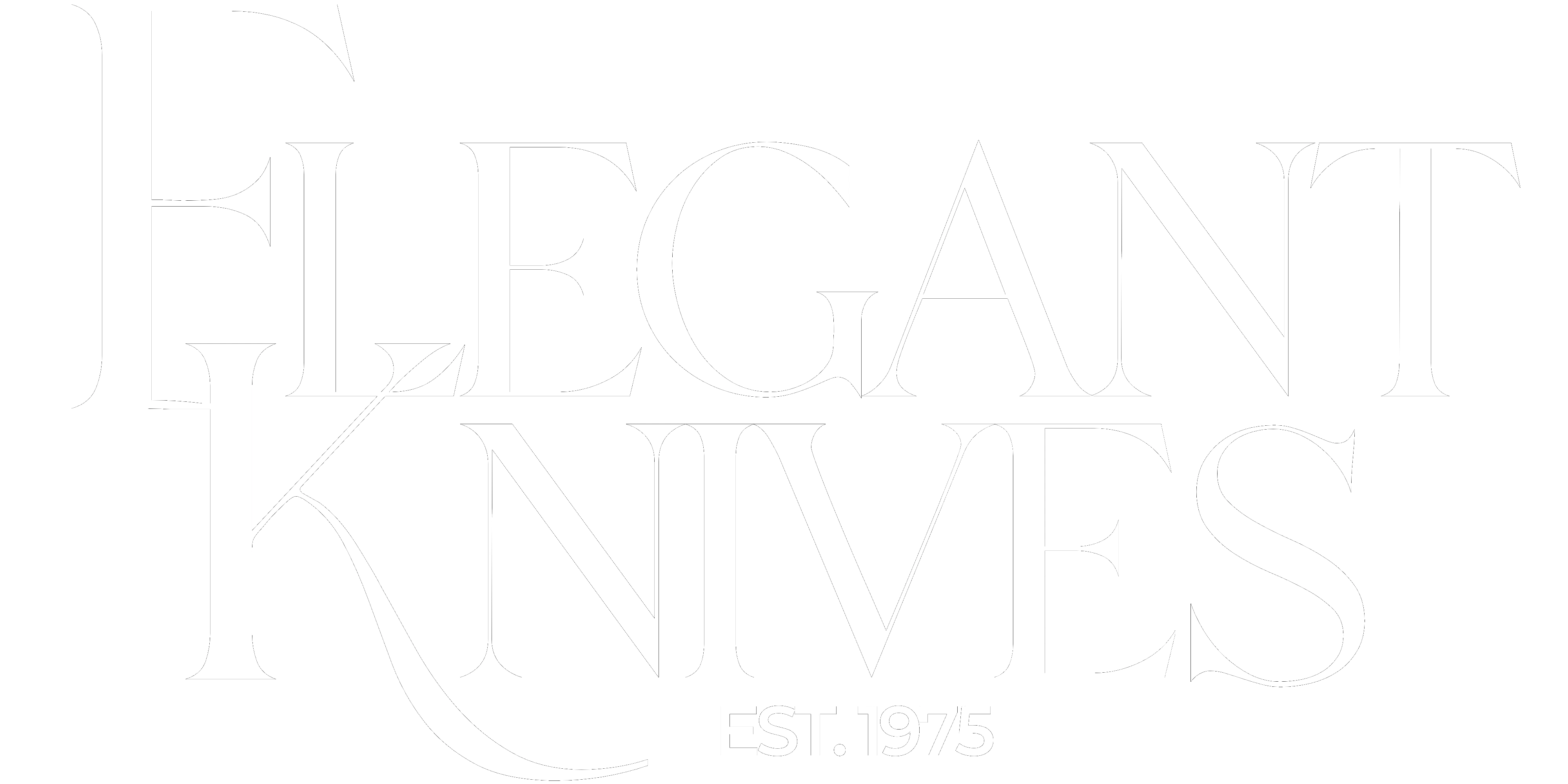

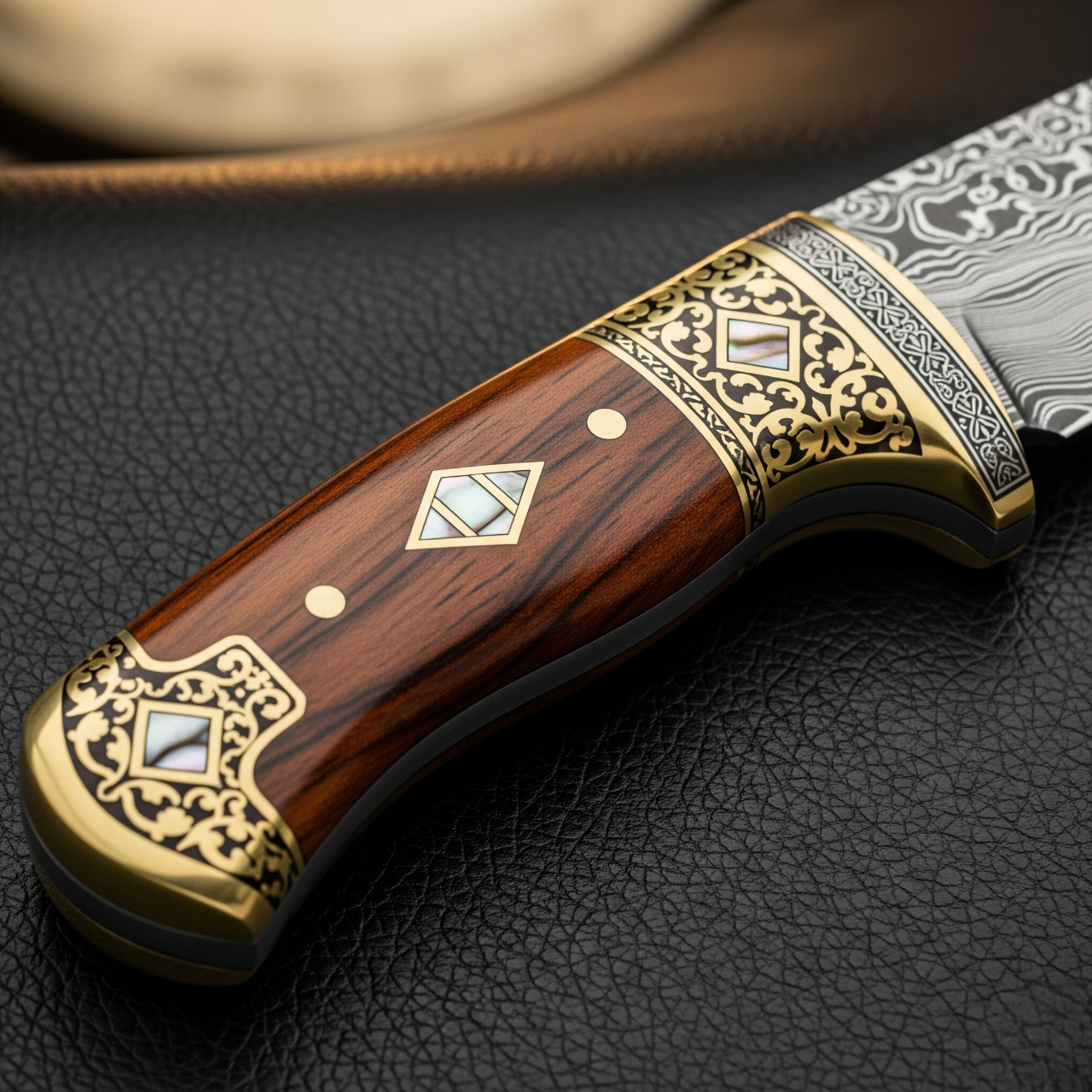
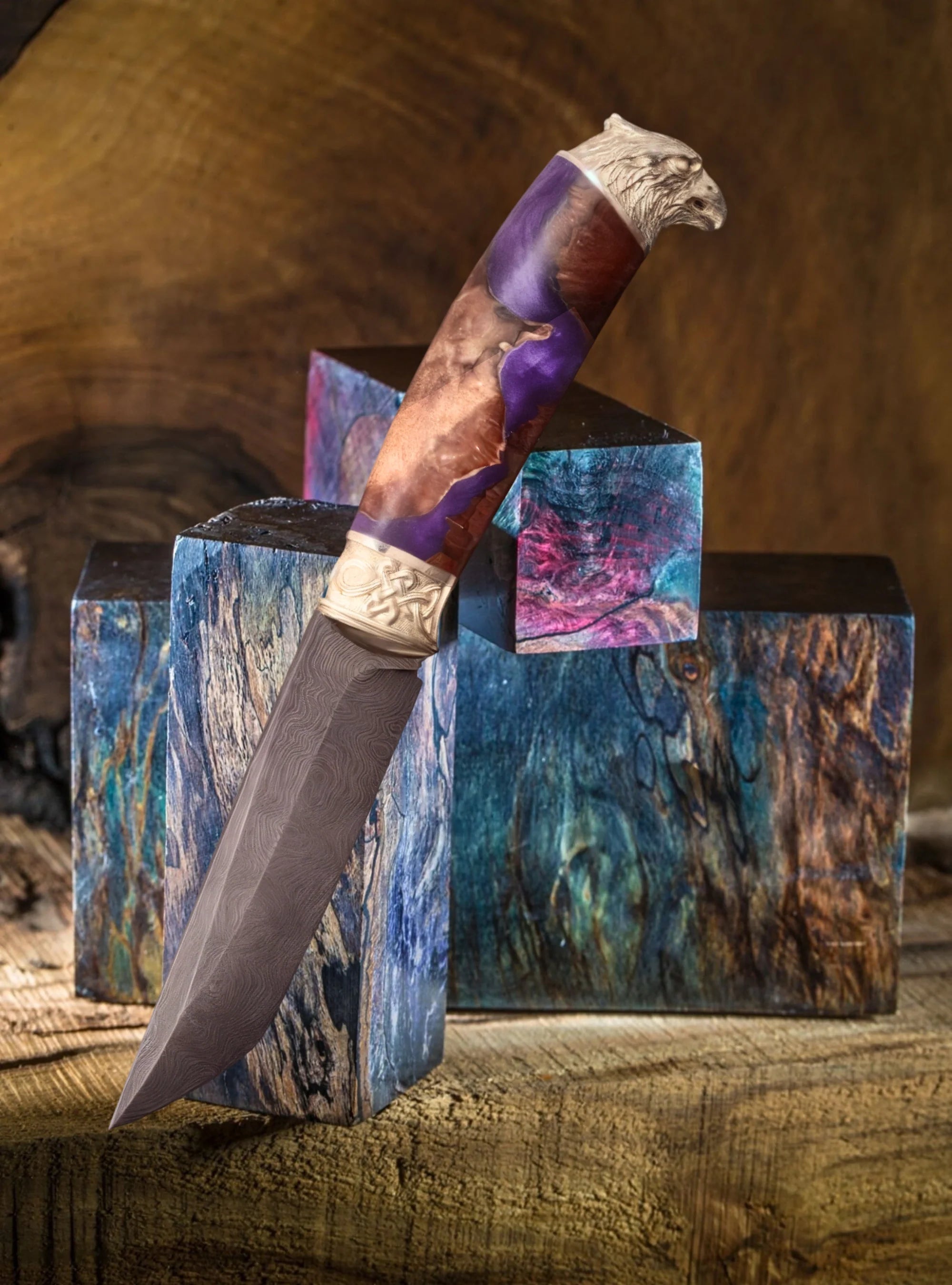
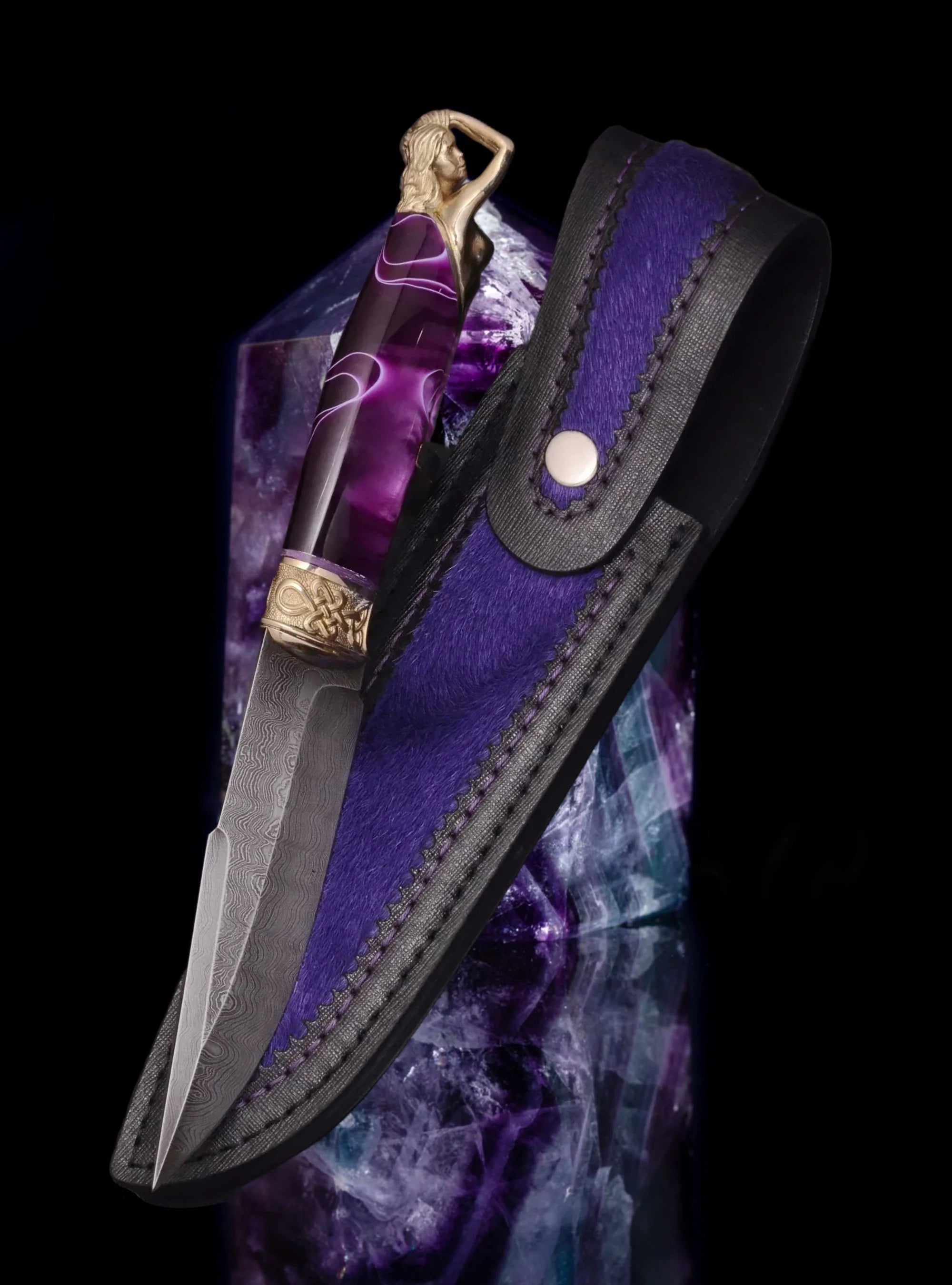
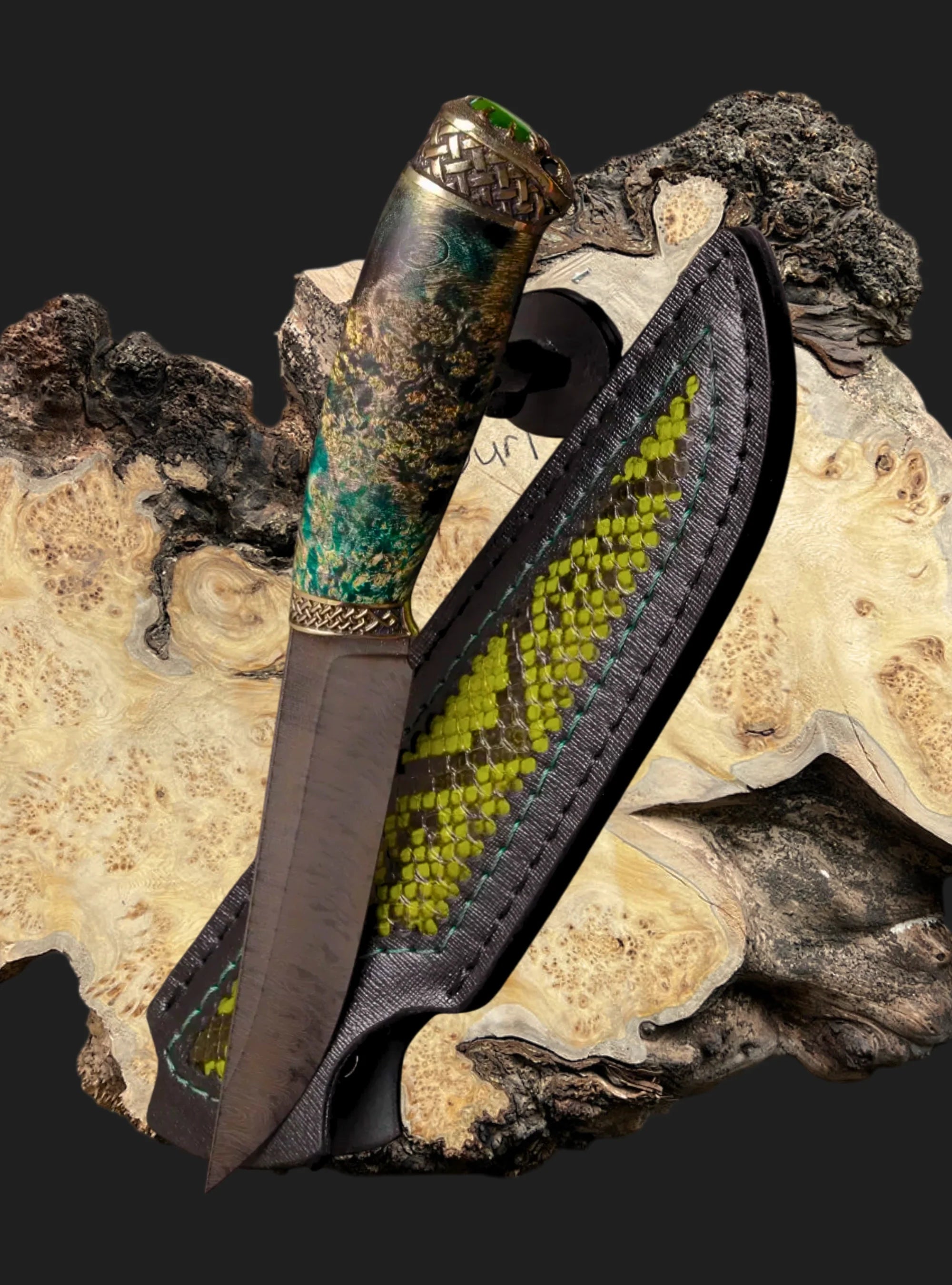
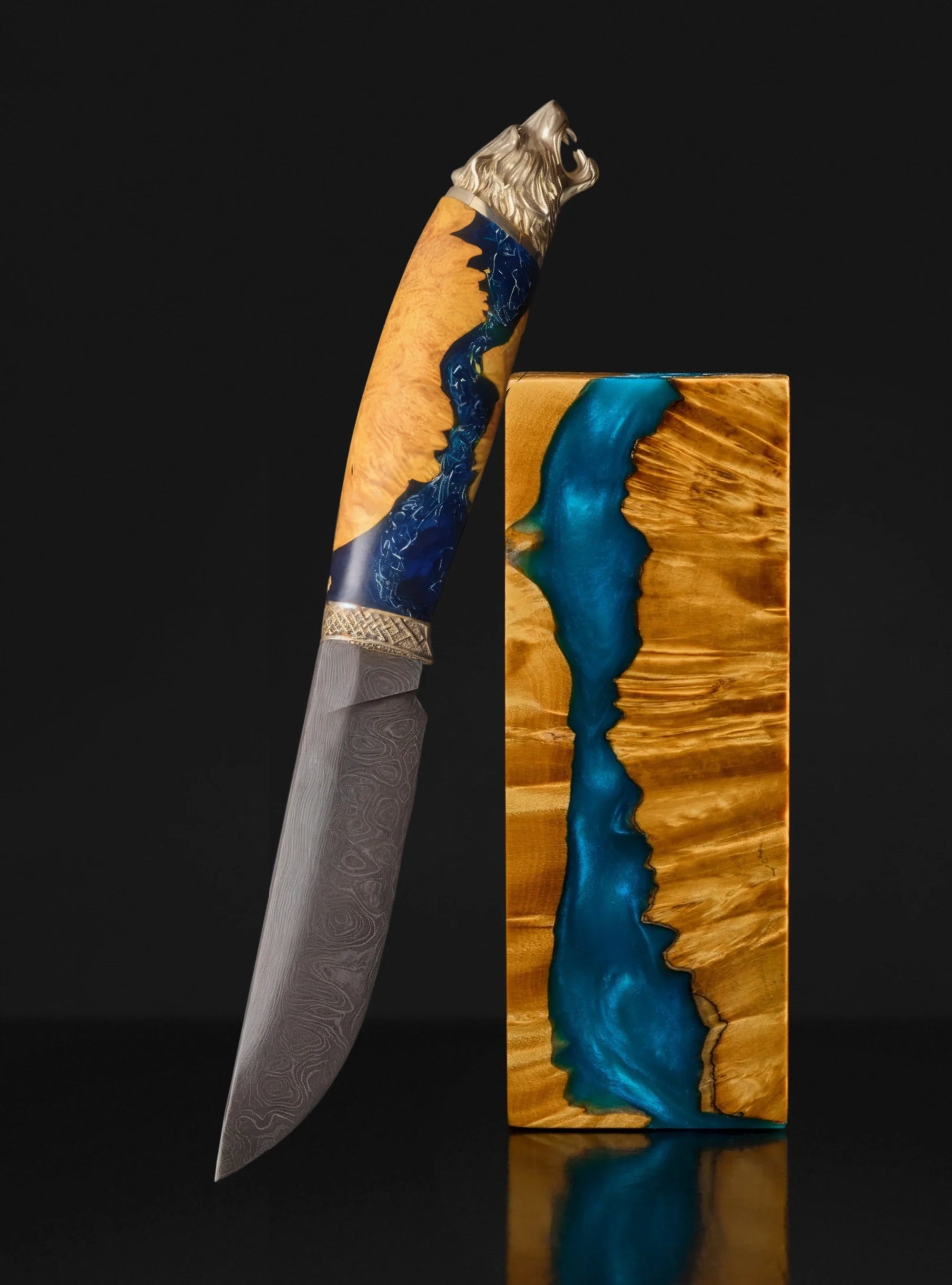
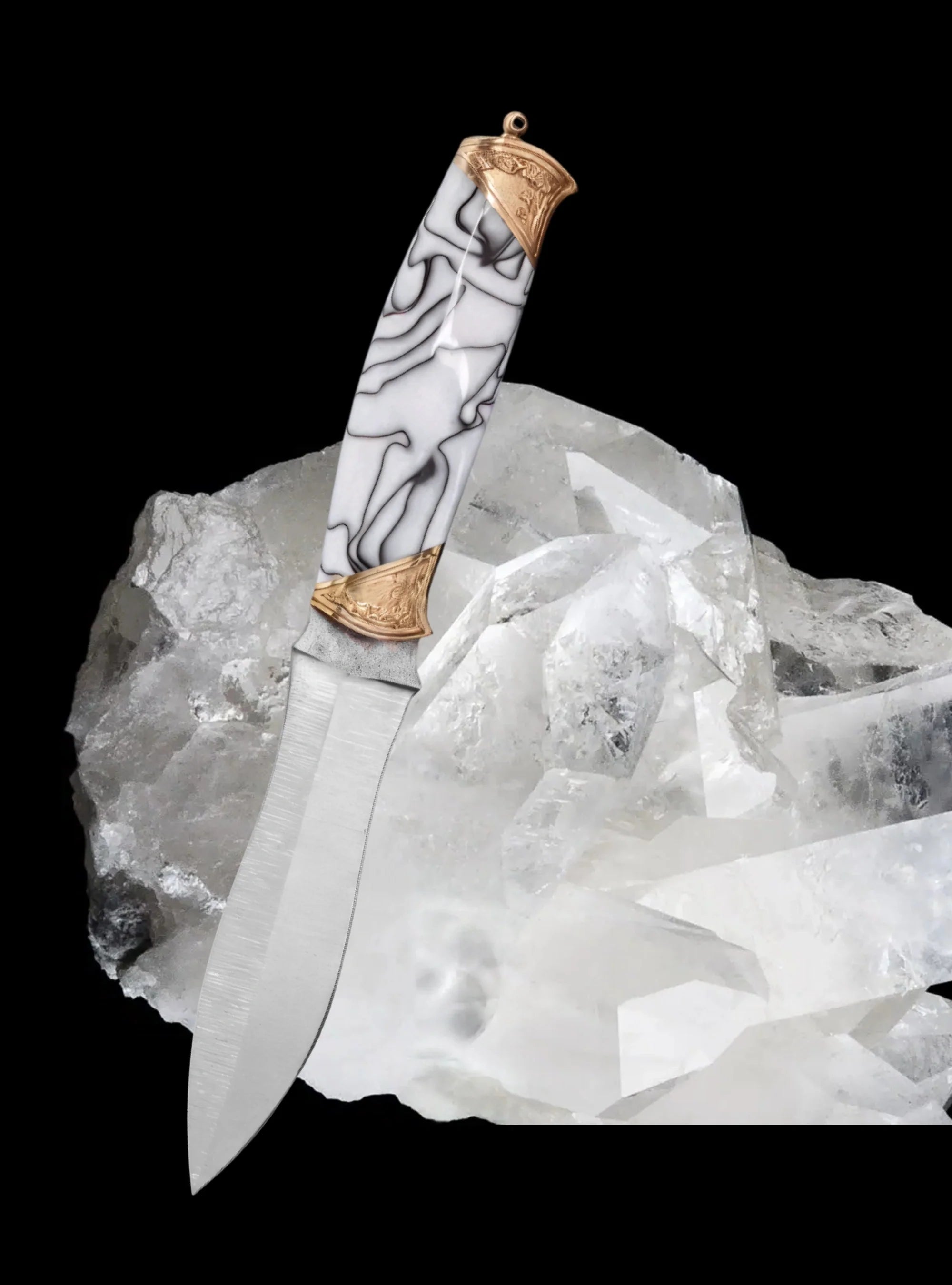
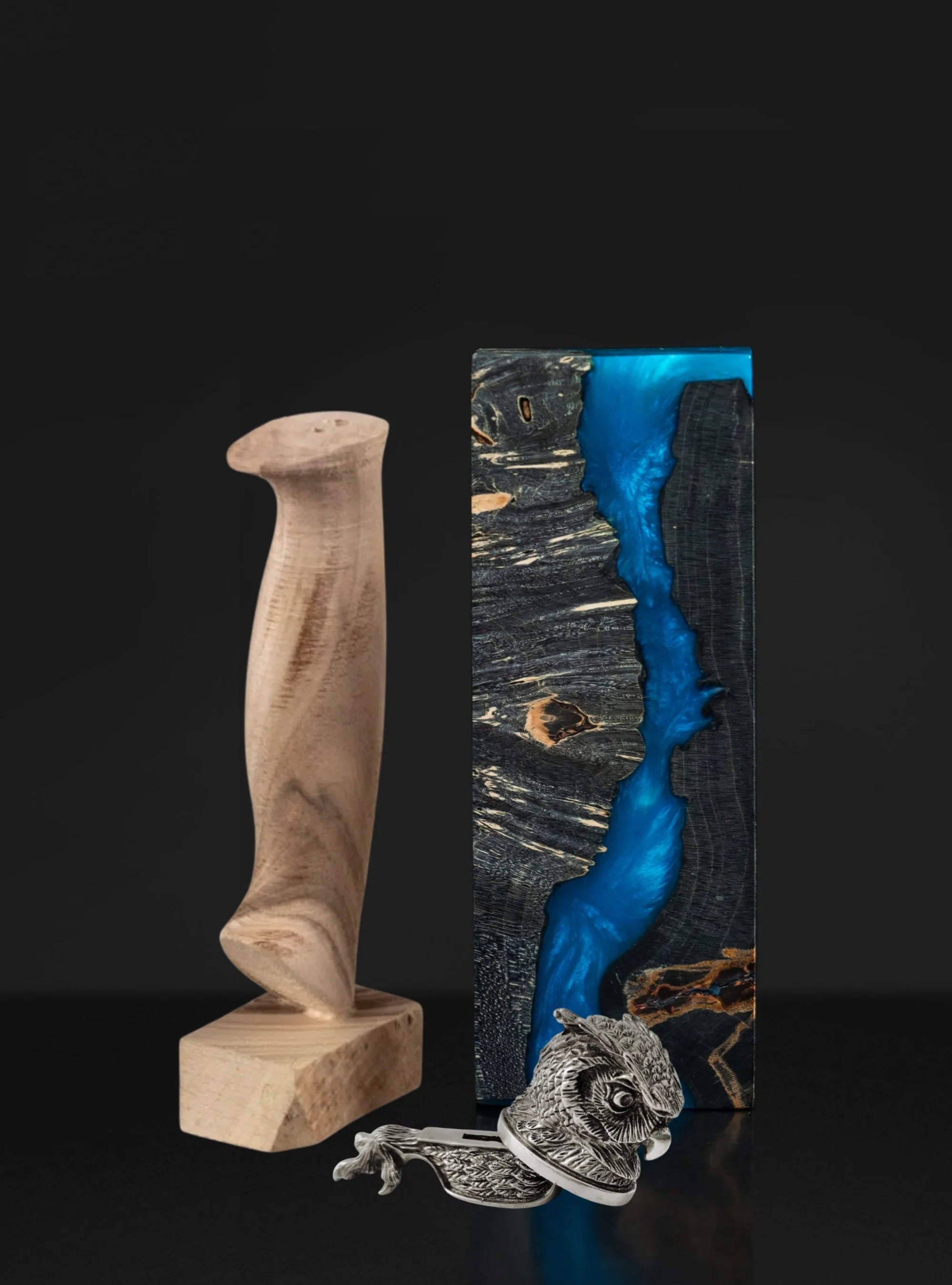
Share:
How to Store Exclusive Knives Without Damaging Their Decorative Handles?
Exploring Materials: Wood, Bone, and Metal in Exclusive Knife Handle Art